The Irish harp, with its graceful curves and resonant strings, holds a peculiar duality in Ireland’s history. For centuries, it has been both a weapon of cultural resistance and a casualty of colonial suppression. The story of its revival is not merely about the return of an instrument but the reclamation of a forbidden identity. This resurgence, often overlooked in broader narratives of Irish nationalism, reveals how a silenced symbol can reawaken with even greater potency.
To understand the harp’s decline and rebirth, one must first grasp its original stature. Before English rule tightened its grip, the harp was the soul of Gaelic Ireland. Harpists enjoyed elite status, composing music for chieftains and chronicling history through oral tradition. Their melodies were said to hold “the memory of the land itself”—a concept that would later make the instrument dangerous to colonial authorities. The 16th-century Tudor conquest marked the beginning of systematic eradication. Harpers were outlawed, instruments destroyed, and the very act of harp-playing became an act of defiance. By the 18th century, the tradition hovered near extinction, preserved only in isolated rural pockets and the secret gatherings of rebellious societies.
The turnaround began not through grand proclamations but through quiet acts of preservation. In the 1790s, as revolutionary fervor swept Europe, Belfast’s Harp Festival became the unlikely catalyst. Organized by Protestant radicals and Gaelic scholars, the event documented the last surviving itinerant harpers. Edward Bunting’s transcriptions of their music, though imperfect, created the first tangible archive of a disappearing art. This paradoxical collaboration between Ulster Presbyterians and Gaelic culture highlights an often-neglected truth: the harp’s revival transcended sectarian divides, becoming a rare unifying force in a fractured land.
What followed was a deliberate “invention of tradition”—a conscious effort to reshape the harp’s symbolism for modern nationalism. The 19th century saw the instrument morph from a relic into a rallying point. Thomas Moore’s Irish Melodies, pairing harp tunes with sentimental lyrics, created a new emotional vocabulary for diaspora communities. Meanwhile, the Gaelic League’s harp classes turned music lessons into political acts. Crucially, the harp escaped being fossilized as a museum piece; instead, it became a living protest. During the 1916 Easter Rising, rebels reportedly sang Moore’s harp-inspired ballads as they fortified Dublin’s streets.
The harp’s journey from prohibition to prominence mirrors Ireland’s own fractured path to independence. Today, its image adorns passports and pint glasses alike—a testament to how thoroughly this once-banned emblem has been reabsorbed into the national psyche. Yet contemporary harpers like Gráinne Hambly argue the true revival lies beyond symbolism: “It’s not about plastering harps on merchandise,” she insists, “but about feeling the gut strings vibrate with the same urgency our ancestors did.” This tension between commercialized icon and living tradition continues to shape Ireland’s cultural conversations.
Perhaps the most striking aspect of the harp’s resurgence is its unfinished nature. Modern luthiers experiment with hybrid designs blending medieval and electric elements, while composers infuse ancient airs with avant-garde techniques. The instrument’s very physicality—wood from native oak, brass from reclaimed artifacts—embodies ecological and historical consciousness. In an era of globalized soundscapes, the Irish harp thrives not through isolation but through dynamic reinvention. Its strings, once silenced by decree, now resonate across genres from folk metal to film scores, proving that prohibited symbols often return with amplified power.
The harp’s tale ultimately defies simple categorization. It is neither a straightforward nationalist emblem nor a benign musical relic. Its revival represents something more profound: the ability of oppressed cultures to hollow out the very symbols used against them, filling those forms with renewed meaning. As Ireland navigates post-colonial identity in an increasingly multicultural society, the harp’s strings continue to sound—no longer mourning what was lost, but articulating what might yet be found.
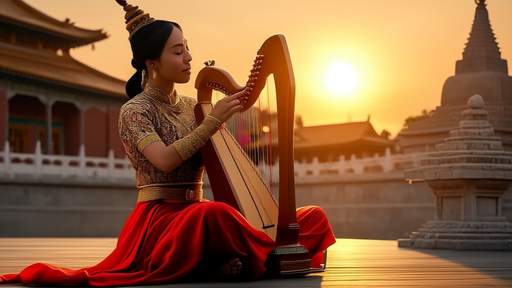
By /Jun 6, 2025
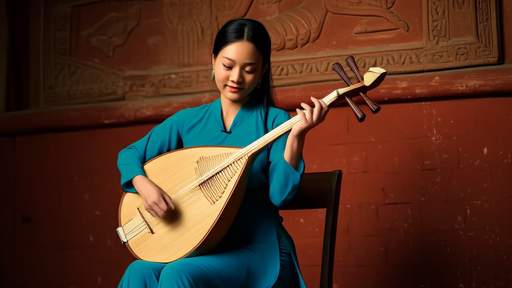
By /Jun 6, 2025
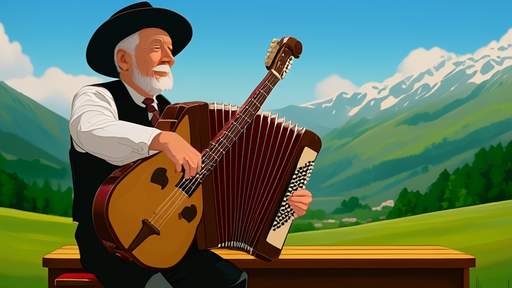
By /Jun 6, 2025

By /Jun 6, 2025
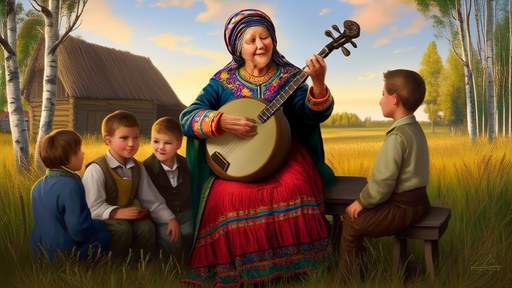
By /Jun 6, 2025
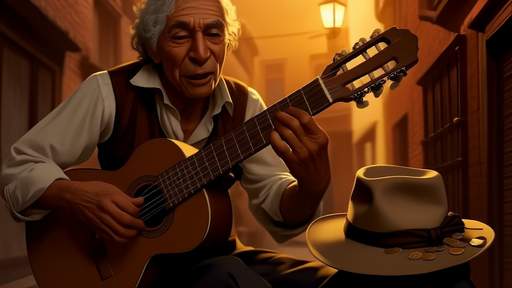
By /Jun 6, 2025
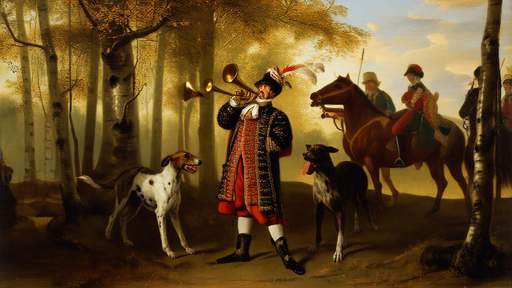
By /Jun 6, 2025

By /Jun 6, 2025
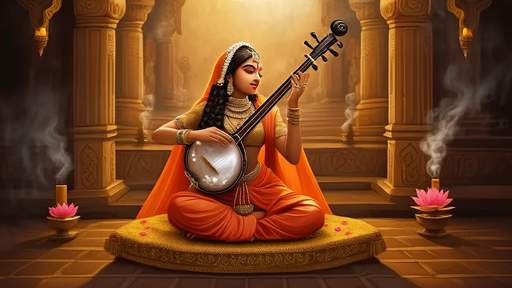
By /Jun 6, 2025
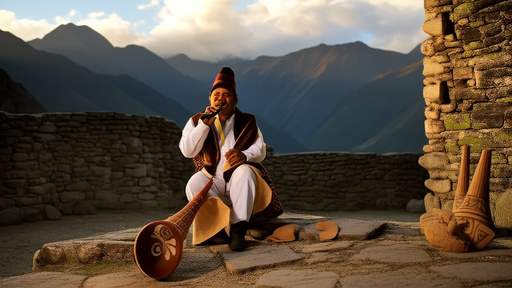
By /Jun 6, 2025

By /Jun 6, 2025

By /Jun 6, 2025
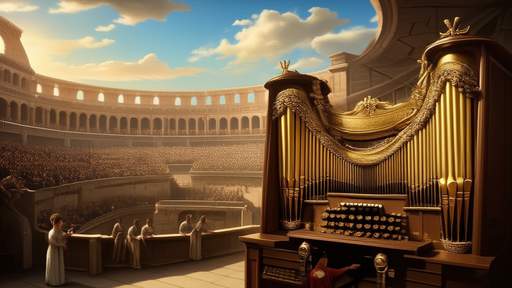
By /Jun 6, 2025

By /Jun 6, 2025
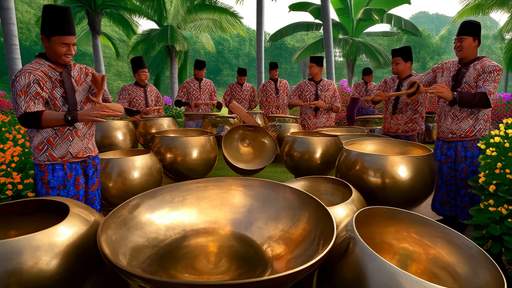
By /Jun 6, 2025
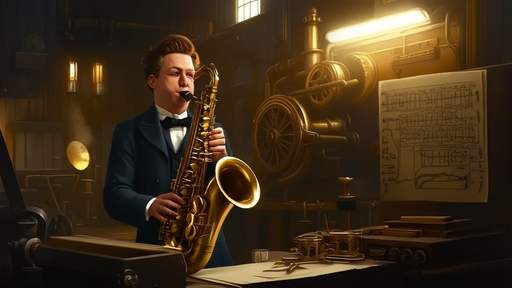
By /Jun 6, 2025
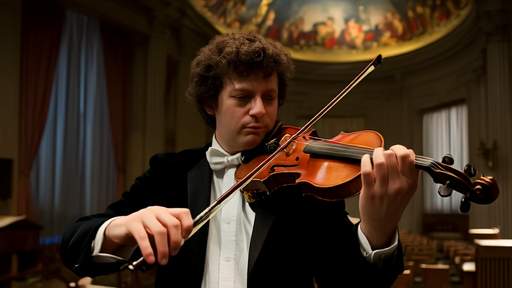
By /Jun 6, 2025

By /Jun 6, 2025

By /Jun 6, 2025
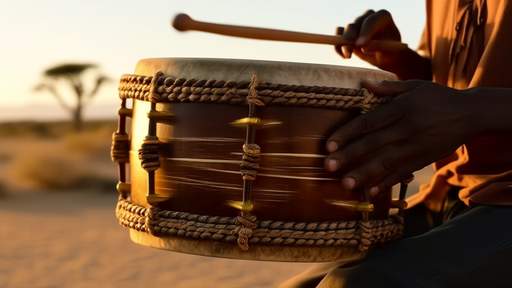
By /Jun 6, 2025